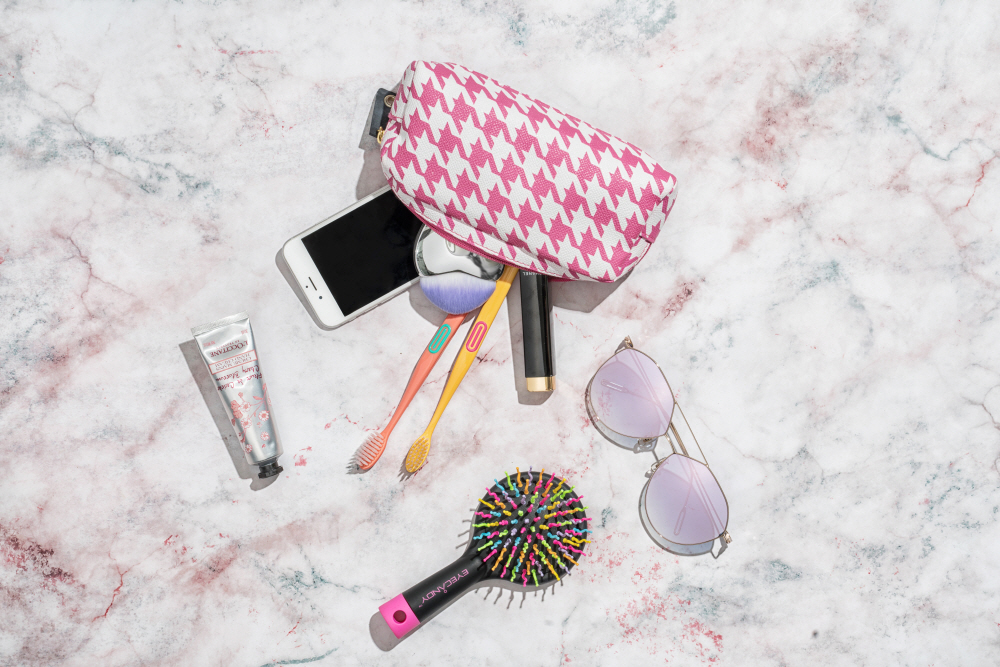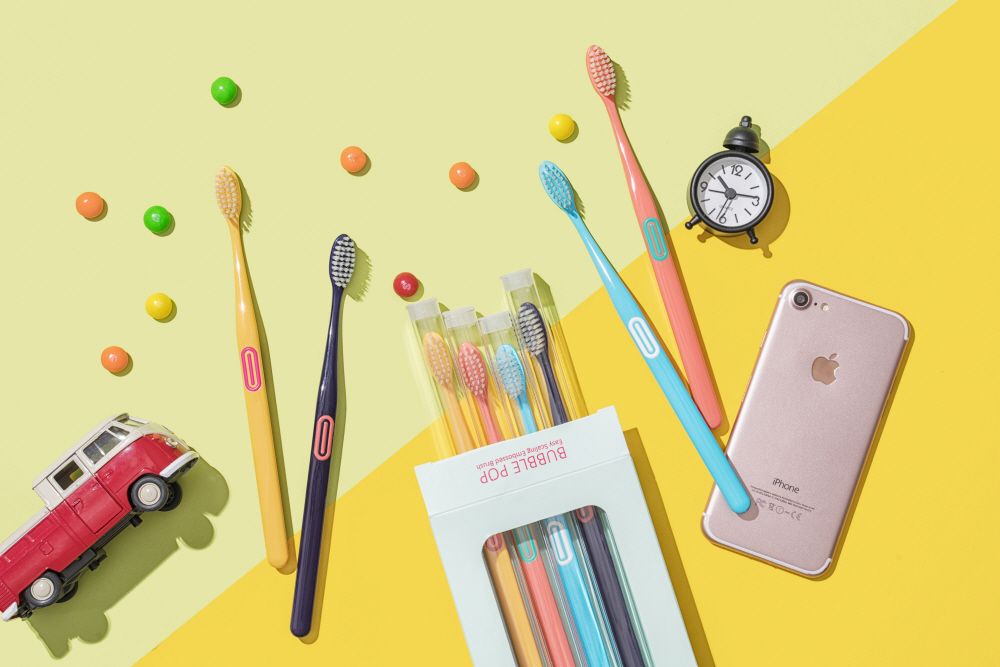
One of the diseases that many people are afraid of is dementia, Alzheimer’s!
Dementia was considered to be a disease that is mostly only for older adults. However, in recent years, the age group is gradually getting lower.
Prevention of dementia is possible only by brushing?!
It is said that in order to prevent dementia, it is necessary to move a lot of hands and stimulate the brain. But did you know that brushing teeth alone can prevent dementia?

Dementia can be prevented by removing the plaque.
According to one study, detoxification from plague can lead to dementia. Cytokines are introduced as toxins released by plaque. When this cytokine penetrates the brain with blood, a protein called amyloid beta is produced. This is called’brain trash’.
It’s dangerous to have more brain waste!
Studies have shown that if the garbage is excessively accumulated, the brain cells gradually die while compressing the brain, and the memory is deteriorated, causing a structure of Alzheimer’s. At Nagoya City University Graduate School, when comparing mice with Alzheimer’s disease and mice infected with periodontal bacteria, the area of amyloid beta deposited in the hippocampus increased by about 2.5 times and the amount by 1.5 times more.
Removing the plaque with a plaque removal toothbrush will help prevent dementia. As long as the cytokine is introduced by the plaque, it can prevent dementia if the plaque management is assured.
The plaque removal toothbrush is a product that helps healthy oral care as it has been certified as having excellent plaque removal efficiency through clinical trials with Gachon University dental hygiene. Unlike having to use a floss and interdental toothbrush when brushing your teeth to properly remove the plaque, you can do it with just one plaque removal toothbrush.
Health care is essential to keep you healthy for a long time, along with the word 100 years. Why don’t we remove the plaque in our mouth for proper tooth care and dementia prevention? Just removing the plaque can prevent terrible dementia. Let’s do it all!



















최근 댓글